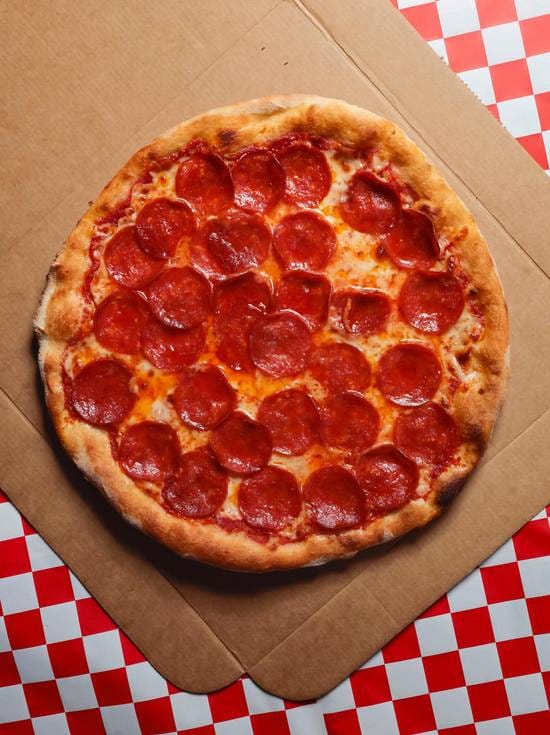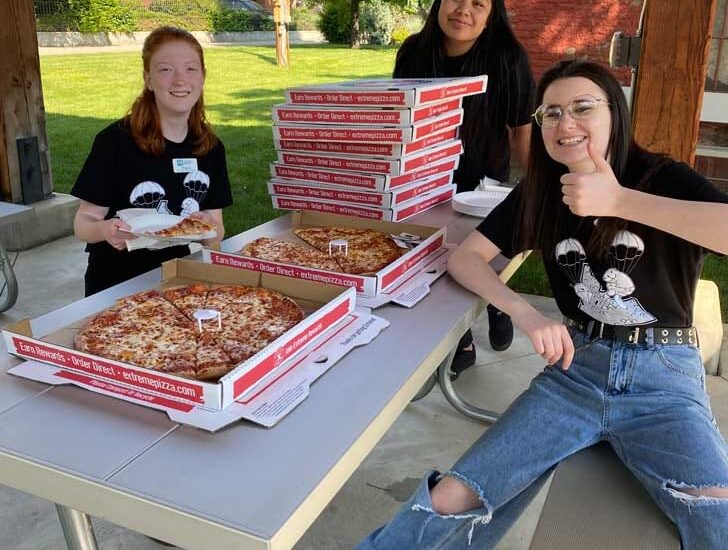I will never forget the image of a presidential candidate, sleeves rolled up, attempting to look ideally at home in a local pizza joint. It feels like a requirement now. But I often think about where this tradition really began to take hold. For me, the 1992 presidential election was a turning point. While Bill Clinton, George H.W. Bush, and Ross Perot were not necessarily battling over a slice of pepperoni, that campaign was a masterclass in using everyday food to convey a sense of relatability. It was the moment politicians truly understood that a shared meal, or even just the appearance of one, could be a powerful tool for connection. This was not about fancy dinners or exclusive fundraisers. This was about showing you understood the lives of everyday Americans. And what is more everyday than pizza? The shift in the 90s was deliberate. Campaign managers realized that the camera loved a candidate who was not afraid to eat with their hands. A formal steak dinner signaled one thing; a greasy slice of pizza in a bustling local shop signaled something entirely different: authenticity, approachability, and a rejection of elitism. The fascinating intersection of pizza and politics reveals how candidates use this beloved food to project authenticity and connect with voters on a cultural level. I find it remarkable that something so simple can carry so much weight. The symbolism of pizza in politics operates on several levels, some of which are more subtle than others. At its most basic, the act of eating pizza says, “I have common tastes.” It is informal and messy. It is a food you share. A politician who attacks a slice with a knife and fork is immediately branded as out of touch, while one who folds it correctly gets a silent nod of approval from millions. It is a tiny, almost silly cultural litmus test, but in the world of political messaging, those little details matter immensely. Then you have the regional pizza preferences, which are a political minefield all their own. A New York politician has to know their audience is this a thin-crust neighborhood or a Sicilian slice crowd? A Chicago candidate must navigate the deep-dish versus tavern-style debate, a choice that speaks volumes about neighborhood allegiance and social class. Out in California, embracing an artisanal pizza with unconventional toppings can signal progressive, forward-thinking values. It is incredible how much you can say with a choice of toppings.

Thinking back to that 1992 election, the food choices were incredibly telling. George H.W. Bush’s team famously took him to Waffle House stops, a clear play for the working-class vote. Bill Clinton’s Southern background gave him a natural affinity for comfort foods that felt genuine. While pizza was not the star of the show that year, it perfectly represented the kind of populist messaging that was taking hold. Ross Perot, as the outsider, could have used it brilliantly to underscore his break from the political establishment. Pizza, with its immigrant roots and blue-collar charm, is the ultimate populist food. Of course, in today’s world, the stakes are even higher. Social media has turned every bite into a potential viral moment. A candidate’s pizza order is not just a photo op for the local paper anymore; it is content that will be dissected on Twitter, Instagram, and TikTok. Is that pineapple on their pizza? What does that say about their policy priorities? It sounds absurd, but I can not help but feel this is the reality of modern political communication. The need to appear authentic is more intense than ever, yet the platforms we use often make authenticity the hardest thing to achieve. This brings me to a bigger question: why does this work on us? I think it is because pizza is a great equalizer. It is a food that crosses party lines. Whether you are a Democrat or a Republican, you probably have a favorite pizza place. You understand the shared experience of a Friday night pie. This meta description is seamlessly integrated into the narrative flow, highlighting how pizza serves as a non-partisan symbol in a deeply divided political climate. When a politician participates in that ritual, they are tapping into a sense of common ground, however fleeting it may be. The legacy of pizza as a political symbol is really a story about American democracy itself. It is about the constant, often awkward, dance between leaders and the people they want to represent. It is about the hunger for genuine connection in a process that can feel incredibly staged. The next time you see a candidate posing with a slice, think about what they are really trying to say. I know I will. It is about more than just food; it is about identity, community, and the never-ending campaign to win our trust, one slice at a time.
References
Humanities at the University of Tulsa. (n.d.). The Politics of Food on the Campaign Trail. Retrieved from https://humanities.utulsa.edu/politics-food-campaign-trail/
American University, School of International Service. (2024, October 30). The Politics of Food and the 2024 US Election. https://www.american.edu/sis/news/20241030-the-politics-of-food-and-the-2024-us-election.cfm
Depoe, S. P. (2016). Political Appetites: Food As Rhetoric In American Politics. https://www.researchgate.net/publication/303968066_Political_Appetites_Food_As_Rhetoric_In_American_Politics

